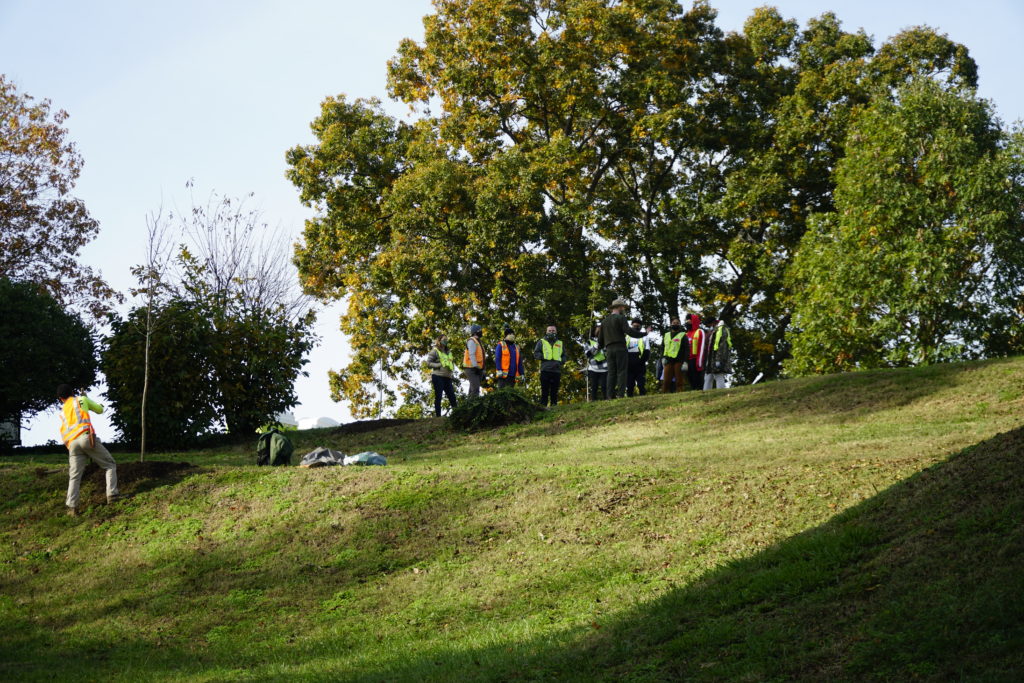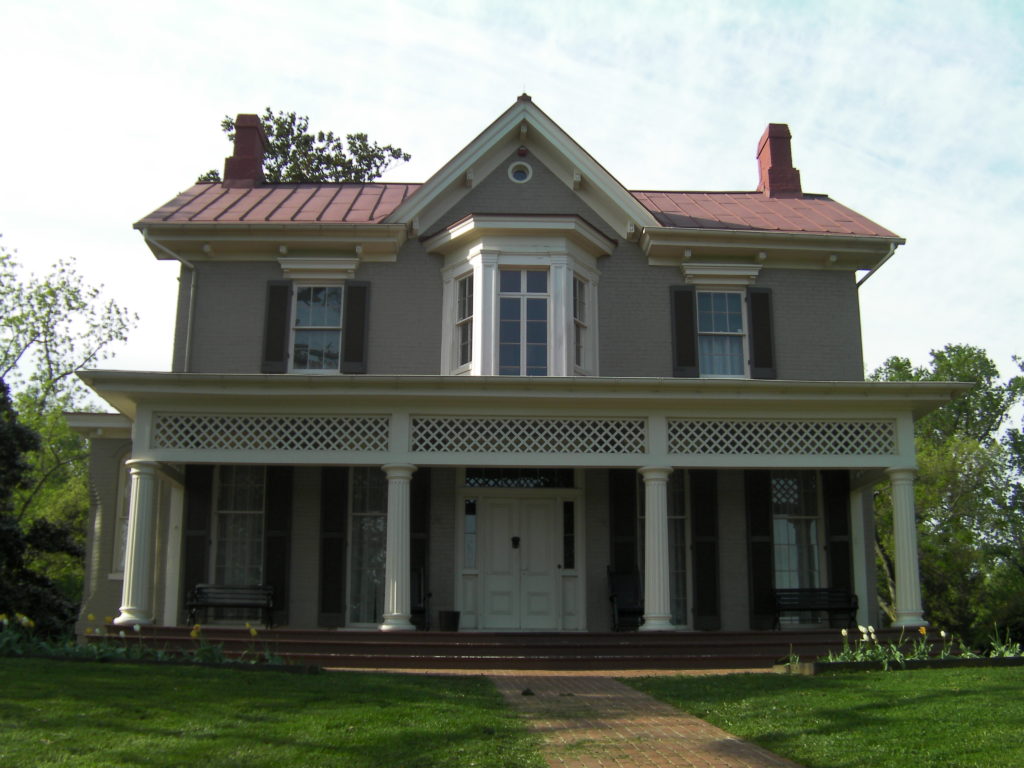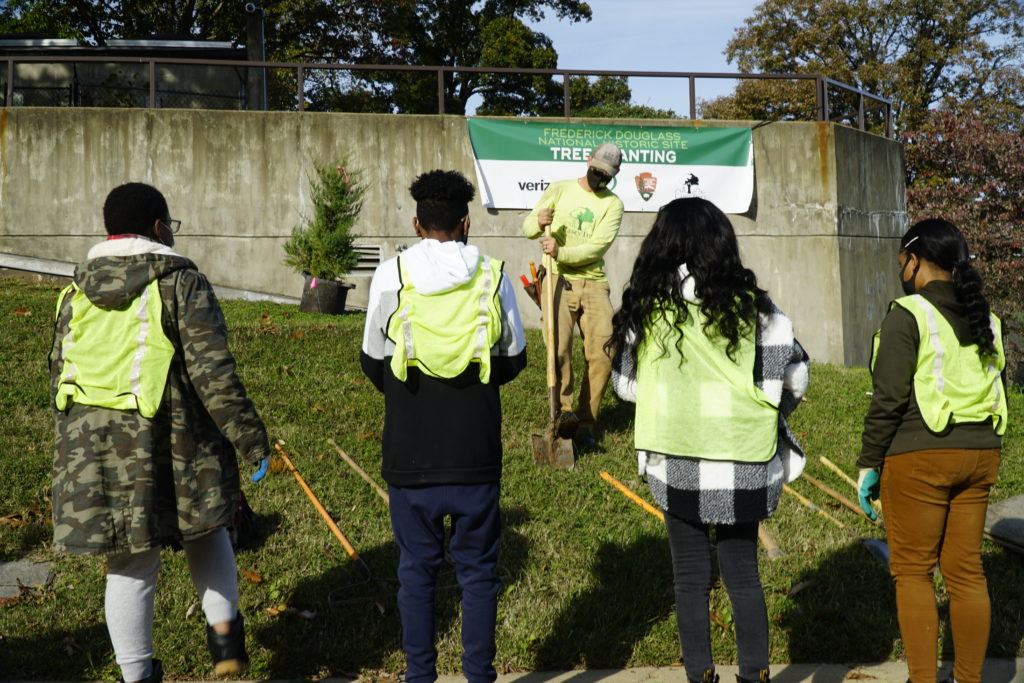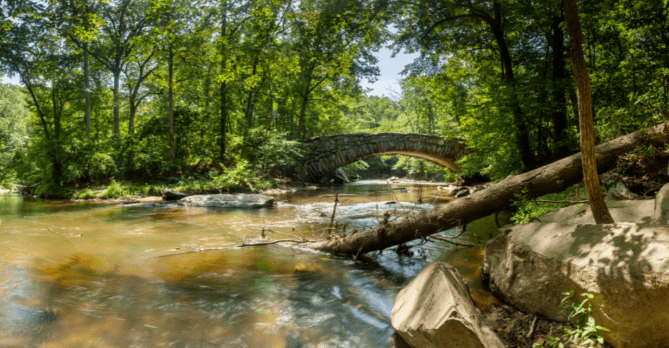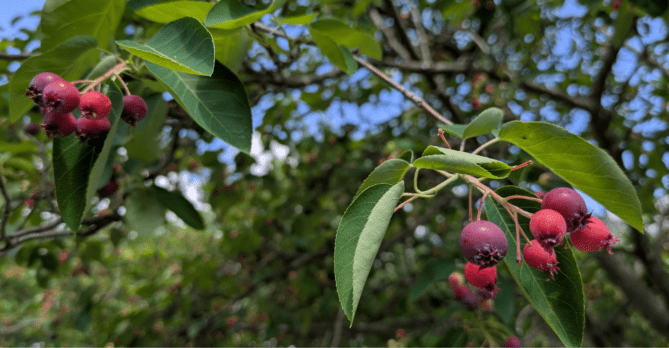
We work on long term, multi-season planting projects with all types of city partners but one that is particularly near and dear to our heart is the work we are doing with the National Park Service (NPS) at Cedar Hill, the home of Frederick Douglass for the last 17 years of his life and a focal point of the Frederick Douglass National Historic Site in historic Anacostia.
After escaping slavery in Maryland, Frederick Douglass was committed to freedom and he dedicated his life to achieving justice for all Americans, and in particular African-Americans, women and minority groups. A talented writer, powerful speaker and passionate abolitionist he envisioned America as an inclusive nation strengthened by diversity and free of discrimination.
In 1900, at the urging of Helen Pitts Douglass, the U.S. Congress chartered the Frederick Douglass Memorial and Historical Association (FDMHA). Upon Helen’s death in 1903, the FDMHA received the property and in the 1920s began petitioning the federal government to become involved with preservation. On September 5, 1962, the Frederick Douglass estate became a unit of the National Park Service. Since then multiple renovations have taken place inside and out.
We’re here to share the outside transformation!
From 2010 to 2016, we celebrated Emancipation Day in DC with multiple Tree Tours in partnership with NPS, highlighting the existing trees around the property. There are many to highlight, including several species of oaks and hickories, white ash, hackberry, and southern magnolia.
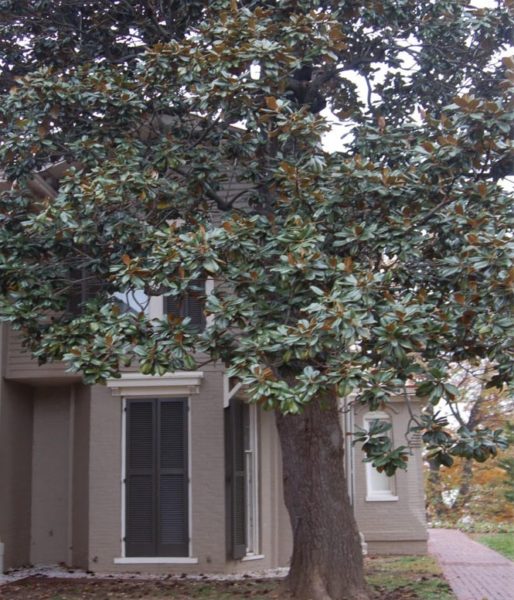
While we certainly did not plant and do not maintain these trees, we must mention the famed magnolias on the property. Southern magnolias are common in DC, but the two trees outside Frederick Douglass’ study window on Cedar Hill are exceptional. The trees were planted by Douglass himself as a symbolic gift to his first wife, Anna Murray-Douglass, between 1877 and 1882, according to Ka’mal McClarin, the museum curator at the Frederick Douglass House. Both these trees are in the Witness Tree Protection Program, which is a partnership project between the Historic Americans Landscape Survey andNPS to identify significant trees of legacy in the region and give them extra care and love. Legacy trees offer a tangible, living connection to events and people in history, an arboreal thread tying us together through time.
These Tree Tours were a great opportunity to get folks outside, practice tree identification strategies, and learn something new about the absolute wealth of Black history in our backyard. We were therefore thrilled when NPS reached out recently about furthering our partnership with a tree planting plan.
We did what we do best, reviewing the site and focusing on its unique challenges and needs with specific NPS people, considering which locally grown, organic trees from the Casey Tree Farm would establish and flourish best throughout the property, and setting out to promote the event to a select group of folks. With such a unique planting opportunity, we wanted to extend the invitation to our near and dear friends and the next generation of stewards at the nearby Anacostia High School.
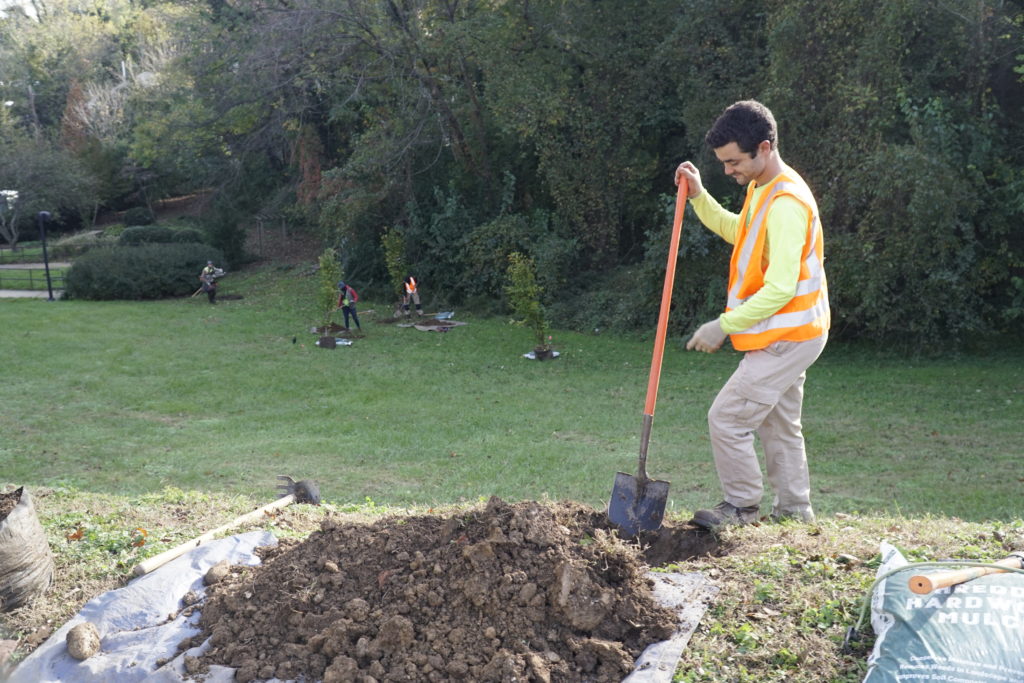 Almost 20 new trees grace the National Historic Site! We added numerous stately shade trees like White Oak, Red Oak, to provide canopy, shade, and a sense of place. We also were able to plant hardy ornamental trees like Yellowwood, Loeber Magnolia, and the evergreen Eastern Red Cedar to provide beauty and visual interest and stormwater assistance on the property as well. Every planting is special to us at Casey Trees, but there is something profound about being part of the preservation and continuation of such a respected, storied place like Cedar Hill.
Almost 20 new trees grace the National Historic Site! We added numerous stately shade trees like White Oak, Red Oak, to provide canopy, shade, and a sense of place. We also were able to plant hardy ornamental trees like Yellowwood, Loeber Magnolia, and the evergreen Eastern Red Cedar to provide beauty and visual interest and stormwater assistance on the property as well. Every planting is special to us at Casey Trees, but there is something profound about being part of the preservation and continuation of such a respected, storied place like Cedar Hill.
Want more local Black history? Check out our rundown of DMV-focused tidbits or visit the Historic Homes of National Capital Parks-East for exciting, virtual programming or in celebration of Black History Month.
